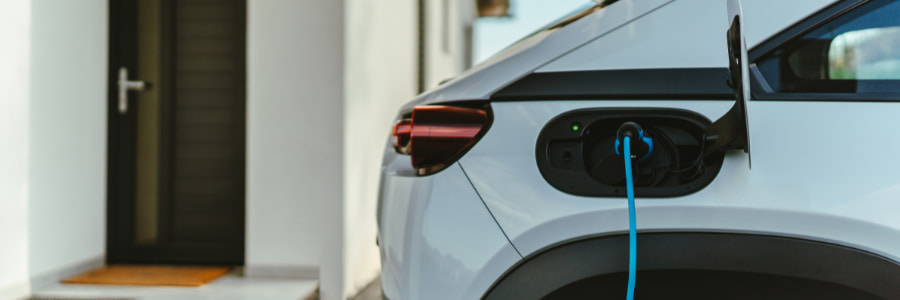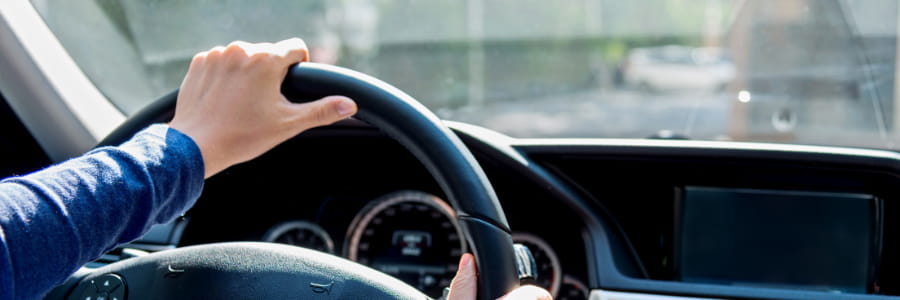With a few simple steps, you can do a lot to improve the situation.
When the electric car is parked, vampires sink their teeth into the car’s battery. We are not talking about the kind that have a postal address in Transylvania. We are talking about built-in systems and third-party apps that can swallow many kilometers of range.
It gets particularly bad if the car is stationary for long periods. For example, the wrong settings during a long stay in the airport parking lot or a business trip can mean that the car loses many percent of battery per day.
Fortunately, with a few steps you can avoid or at least minimize the impact of EV vampire drain.

Vampire drain is a slow, passive draining of your electric car’s battery that occurs while the car is not in use.
The reasons for vampire drain can be many. Among other things, built-in systems such as BTC, status monitoring and Sentry Mode (theft protection) can drain the battery. Another possible reason is external apps that keep “pinging” the car and thus draining the battery.
Whether internal systems or external apps, they will use power from the battery. Many apps will need to “ping” the electric car periodically to check its “state”. And internal systems like Sentry Mode use power from the car’s battery to monitor its surroundings.
If the car is not connected to a charging cable, the many small extractions of energy from the car’s battery can have an effect on the range.

The answer depends a lot on the car, its battery, which systems you have running, how many apps “ping” the car and how often they do it.
In 2020 and 2022, automotive experts from Recurrent Auto conducted a series of vampire drain tests on a Tesla and a Chevy. Bolt that were charged to the same level, parked in the same location, and then left untouched for 18 hours.
One of the conclusions was that apps that ping the car every hour or more often have a relatively large impact on range. Especially for Teslas, third-party apps had an extra large impact.
While there were fluctuations depending on how often the car was “pinged”, vampire drain amounted to a loss of 5-15 kilometers of range over the 18 hours.
A partial data set for the study can be found here.

As said, there is a difference from car brand to car brand when it comes to vampire drain. For example: Sentry Mode can be one of the biggest energy guzzlers for Teslas.
Sentry Mode uses the Tesla’s systems to monitor its surroundings and warn if something untoward happens. On the other hand, this means that the car is prevented from going to sleep, so that it uses more battery during all the hours when Sentry Mode is switched on.
Tesla Info has calculated that Sentry Mode can use over 500 kWh per year. It costs both money for extra charging and range if the car is not connected to a charger when Sentry Mode is switched on.
Sentry Mode can drain the battery at the equivalent of one to two kilometers per hour. So if you left your Tesla in Sentry Mode during the aforementioned week’s vacation, you’d return to a drained battery.
Fortunately, the right settings, the right preparation and use of the car’s systems can minimize vampire drain.

There are many options to minimize vampire drain. The list includes, among other things:
Park at a charger:
The easiest (but also most expensive) solution is to park at a charging station. This will keep your car charged while you are away. You may also want to consider your general charging options.
Find the worst vampires:
By turning different systems and apps on and off, you can identify the worst energy guzzlers. Next, try adjusting their settings so they use less power.
Consider Sentry Mode and similar onboard systems:
You should consider if a real need to use systems with high energy consumption while the car is parked.
Limit the use of third-party apps: External apps that “ping” or monitor your electric car will drain the battery. Limit the use of these and set them to only “ping” the car when necessary.
At True Energy, this is something we focus on a lot. Of course we cannot promise that our true energy app wont take a little bite of your battery, however we can promise you that we are aware of it in everything we do and we try to minimize it as much as we possibly can.
If you want to learn more about how to Avoid EV Vampire drain on specifically Tesla, we recommend reading this article